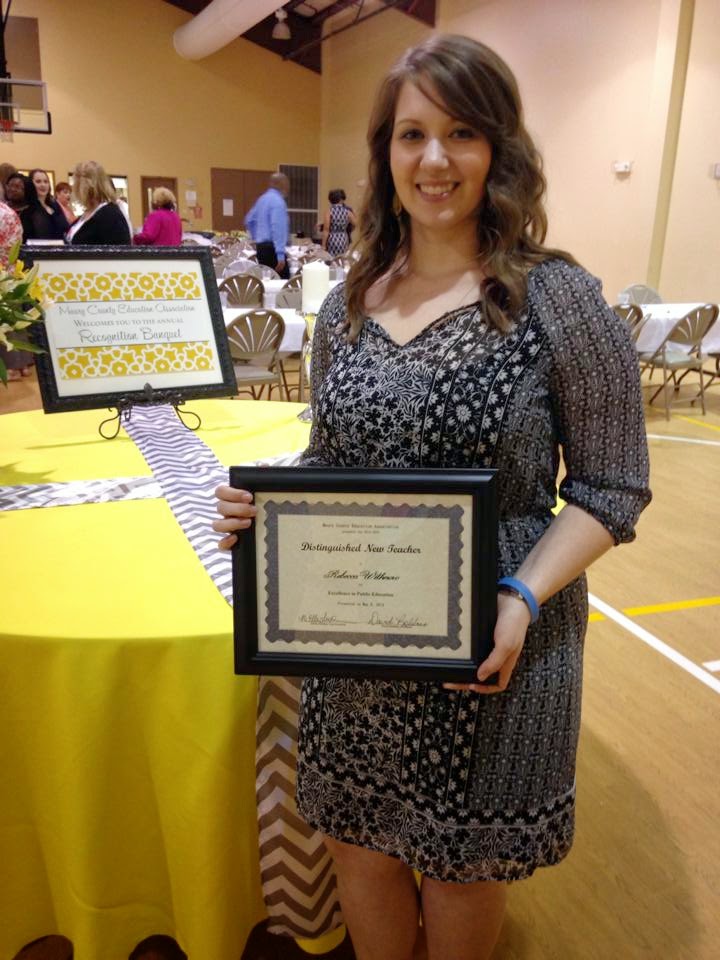I remember my first real experience with a "critique". It was freshman year of college 3D design class. The instructor had us all put our work out on the tables. We had time to walk around and inspect each piece. Then we sat back to "talk". As our piece was put on the spot, we had to explain our solution to the problem. Just when you thought you were finished with your explanation... you were far from it. Kym Dummons would stare at you like, "tell me more". She was the queen of wait time. She didn't have to say a thing, her eyes would pull more information from you. I used to think of it as intimidating, but as I took more of her classes, I realized she was giving you time to think. The same thing applied to the feed back you received from peers during the critique. Once the people who wanted to speak were done, Kym would look from person, to person, to person. I swear she would wait for 5 minutes before moving on. It's like she was summoning our thoughts from us. I learned so much from those critiques.
I want my high school students to get as much from critiques as I did. They need to understand that the critique is not a way to "show off" their work, but to embrace it. I want them to see that it's okay to make a mistake or to see that their ideas are not stupid. I do many different kinds of critiques in my classes. Many great ideas can be found on my Critique Pinterest page, but I wanted more from my Art 3 kids. So I introduced Critique Groups.
I divided my students into groups of 4 that were not their "table mates" and by skill level. I wanted to have at least one Advanced, proficient, and emerging student within each group. I determined their skill level based on a drawing test given the first day of class. This way they could have conversations with people that could help them and bring out their inner teacher. I gave a copy of the critique groups to each person for them to put in their folder. Critique groups are to be implemented during certain phases of a project. For example after the drawing is done before the media and halfway through the project.
Today's critique took place at the halfway mark. My bell ringer was to get into Critique Groups with their projects and then I explained the following:
I told them they had 5 minutes to discuss while I monitored. If I saw people just sitting there, I would start some conversation. "What do we think about Joe's picture? What did he do well? How could he make something better?" and so on. Once they saw what I expected they were able to carry on. I also encouraged students to bring their sketchbooks just in case they wanted to show someone a technique. I heard good conversation and helpful tips. I think it uplifted those who needed uplifting and helped those that were highly skilled use their talents to help others. One group even passed the projects around the table so they could each get a good look and talk about each one. I kept the time short because this project is running a bit long, but I am loving the results thus far.










 Posted by
Posted by












.jpeg)















































































